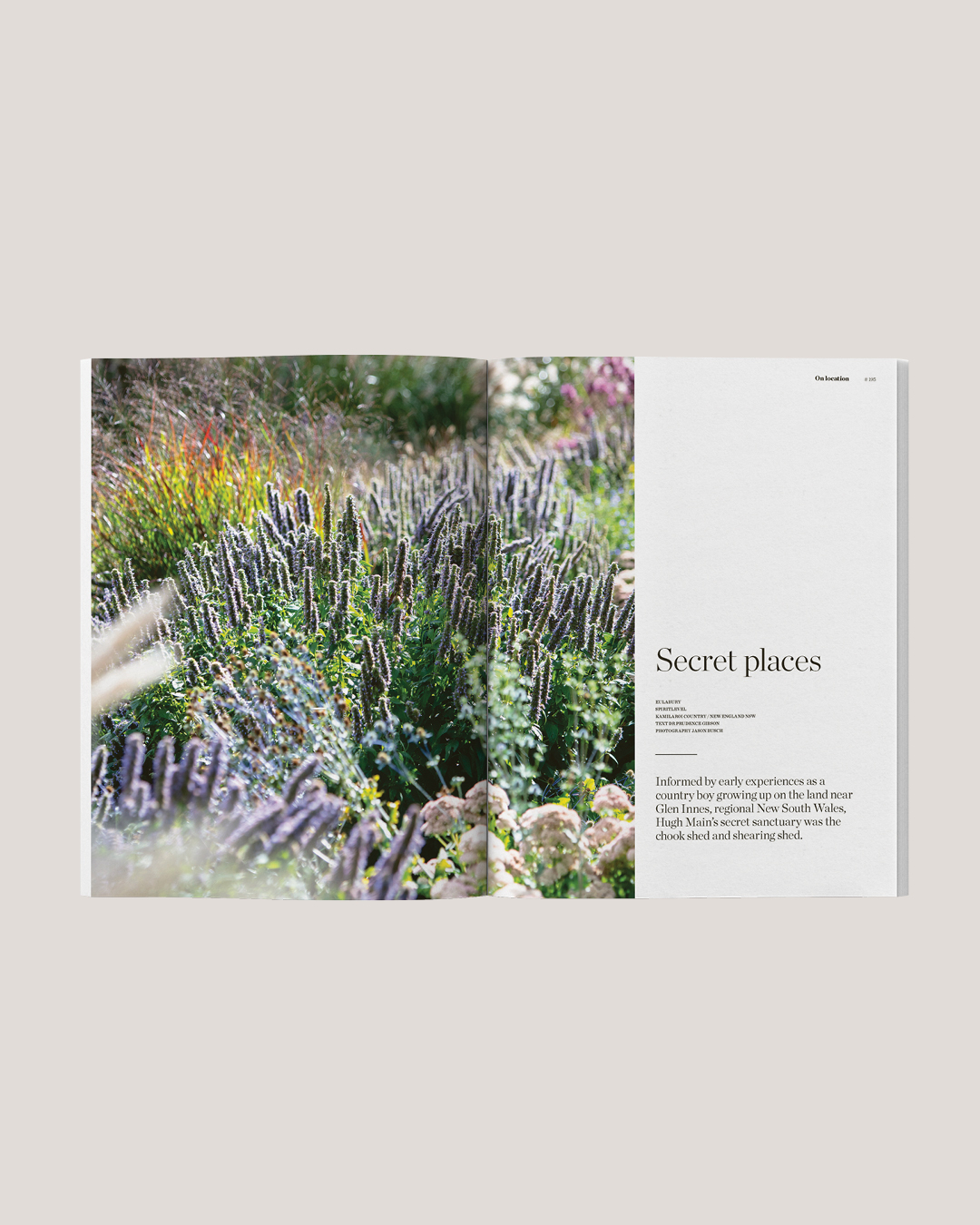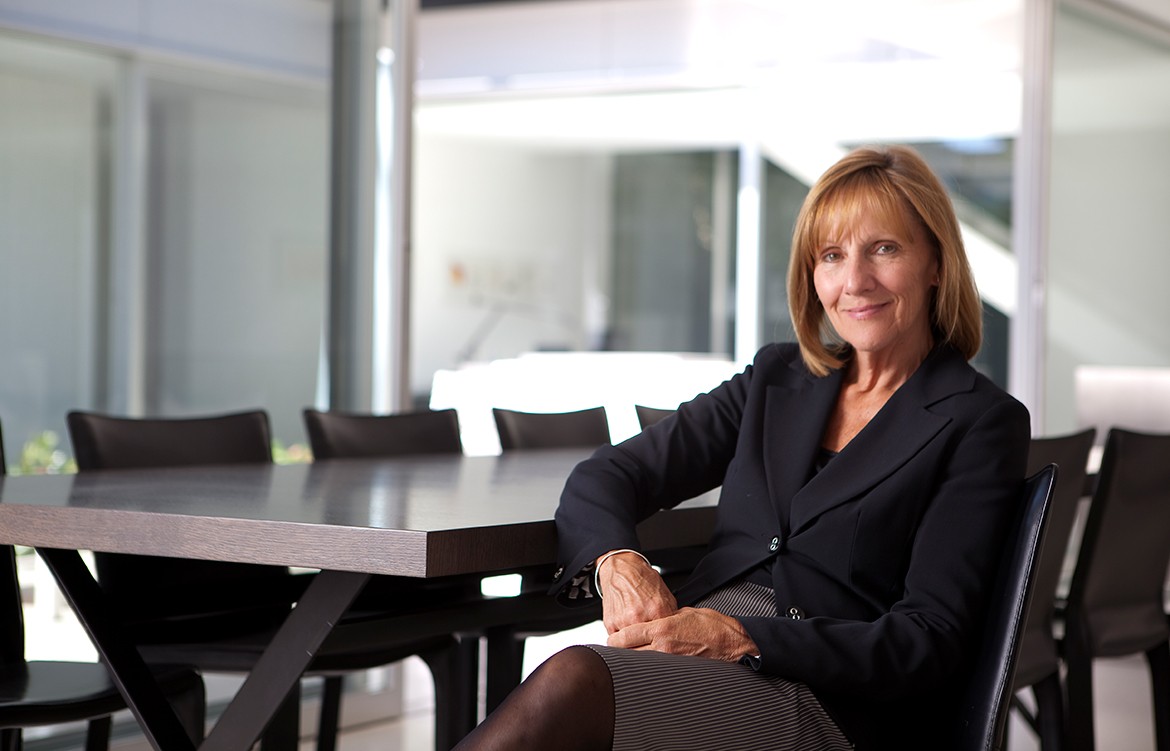ST: Sue, the Jackalope Hotel is a most extraordinary establishment, the relationship between the architecture, interior architecture and the artworks is extremely nuanced. How did you respond to what surely must’ve been a pretty whacky brief?
SC: At times I thought, Oh my gosh, we have to stick to what we believe in but we’re also on this amazing journey with this amazing young man, developer Louis Li. A lot of our job was to bring a somewhat out of control gallop to a more tempered cantor. Louis’s vision right from the start was to create a most unique estate, and this enthralled us since so many of our briefs on hotels are pretty standard. Even when we do give them something unique it tends to be value managed out over time. But we were certain that Louis was true to his vision and for us that was an irresistible aspect to the project. Much of his vision was fuelled by his love of film and art, reinforced by his imaginative approach to story-telling.
Jackalope stands apart on the Mornington Peninsula. Were you ever worried that you were creating something so atypical that it would be totally out of context?
To an extent, yes. But if you think about the main hotel building, the way it stands with its metal-clad form is quite industrial, and its saw-tooth roof was directly inspired by the historical form of the adjacent barrel room. Within the context of the historical Willow Creek vineyard in which it sits, Jackalope is right at home.
In fact, Carr Design Group was involved in the development of Willow Creek even before the idea of Jackalope was mooted, right?
Correct. We created the original Cellar Door and Bistro – now Rare Hare – in 2011. Then a change of ownership in 2013 saw Louis Li purchase the property and join forces with Carr to realise the vision for this incredibly captivating and dramatic site. Interestingly, the most fundamental form of the brief was the same for each owner – ‘to create a boutique, destination hotel offering guests an experience like no other!’
The interior is incredibly dramatic.
Yes, the intention was to create an impactful interior that would surprise and delight. It is intentionally eclectic, experimental, it’s designed to celebrate the mystery and whimsy of alchemy and the art of transformation which is such a large part of the wine-making process. The alchemical elements – gold and silver, copper and bronze – was where Louis had us start and from there we embarked on a journey that is all about surprise. That’s the essential narrative of the place, embracing its wine-making origins but at the same time celebrating the future. It’s designed to be a sensual, magical experience.
The guest rooms relay an immediate, thorough sense of calm respite. They’re dark and moody to a point I’ve never experienced in a hotel before. What’s that about?
The guest rooms were designed as a contrast or counterpoint to the public spaces. They are deliberately rectilinear, in muted shades of black, charcoal and grey. Most hotel operators run a mile from rooms that they consider too dark – or too light for that matter – but Louis allowed us to take it to another level. We made a real effort to use really intimate, tactile finishes like brushed metals and charred timber. We placed the black Japanese style bath tubs in the rooms themselves so that the view if from tub through bedroom to the vineyards beyond. It was all about emphasizing the retreat aspect of the private spaces. The key brief for the rooms was that they be calm, that they provide sanctuary from all the drama outside – in the sense of the décor of the public spaces, but also more generally as a retreat from the outside world.
Sue Carr Design is one of only 10 finalist practices – and the only Australian practice – in the WAF Hospitality and Leisure category. How does that feel?
Beyond words. It was one of the most challenging projects we’ve ever collaborated on but it’s also been the most exciting and adventurous. It took us to another level and I am excited – and a little bit nervous – to be presenting it to the judges in Berlin next month.
Sue Carr was In Conversation With… Stephen Todd

